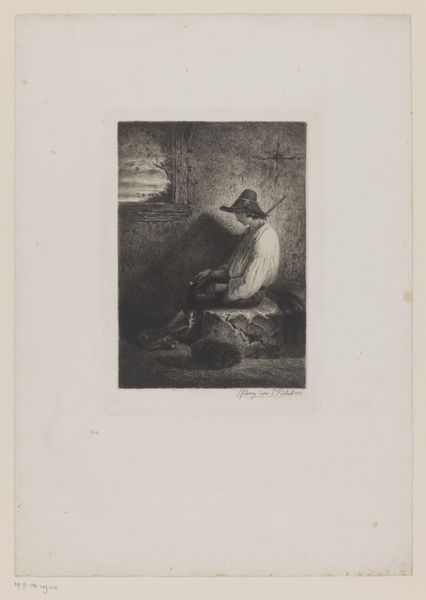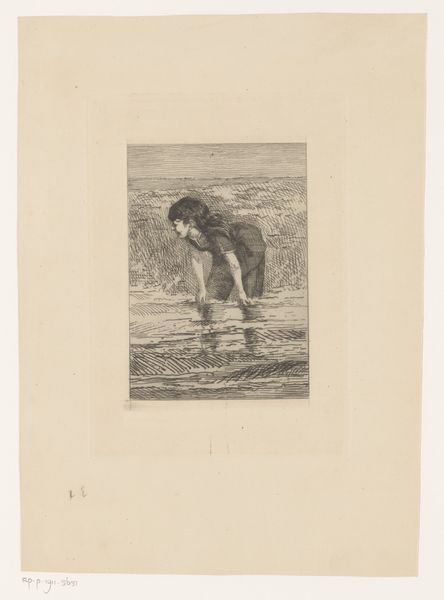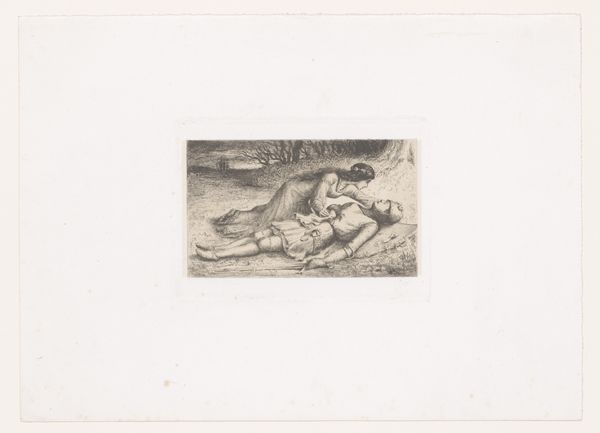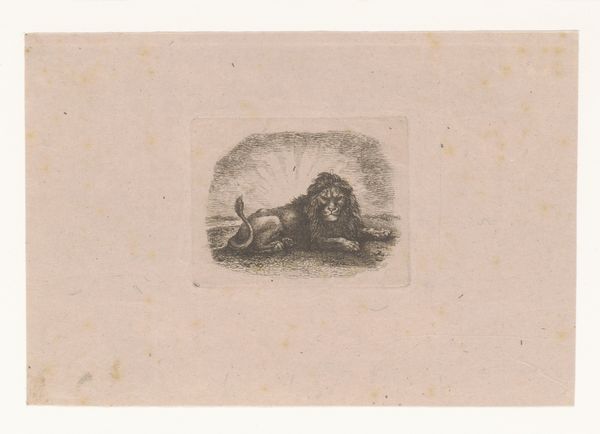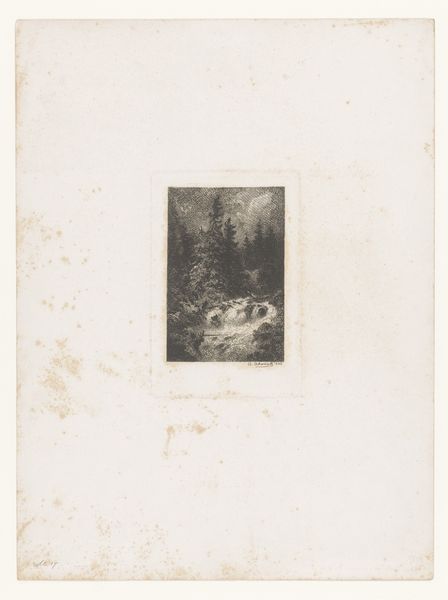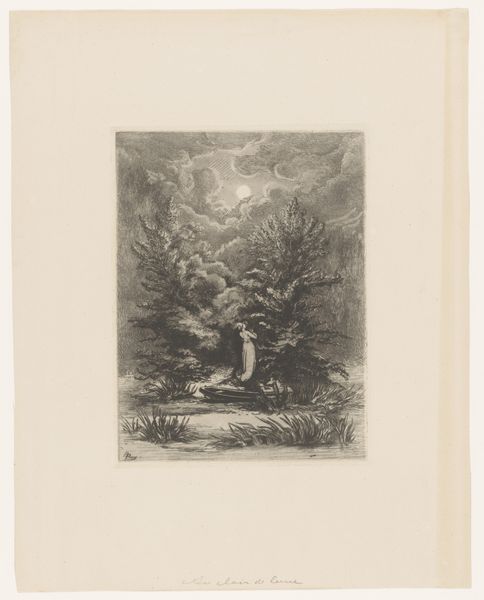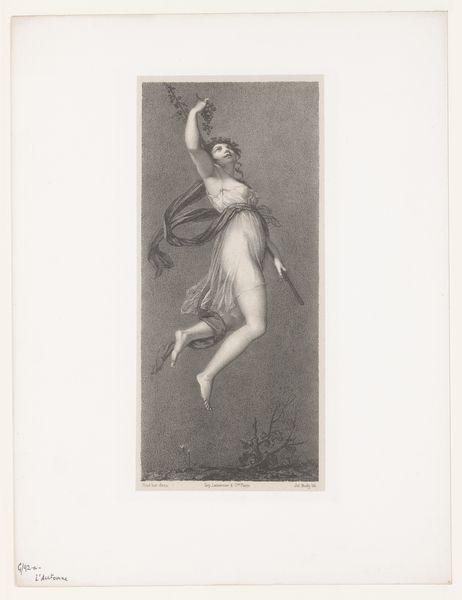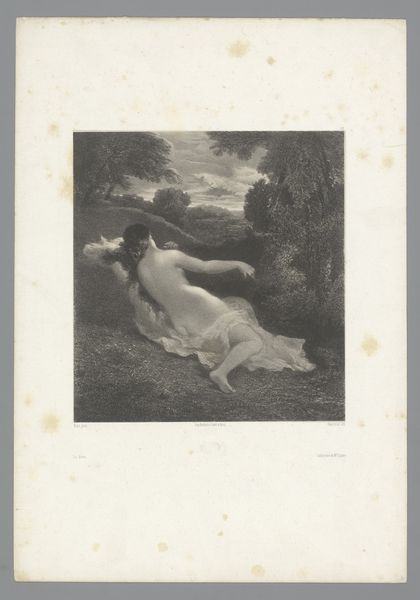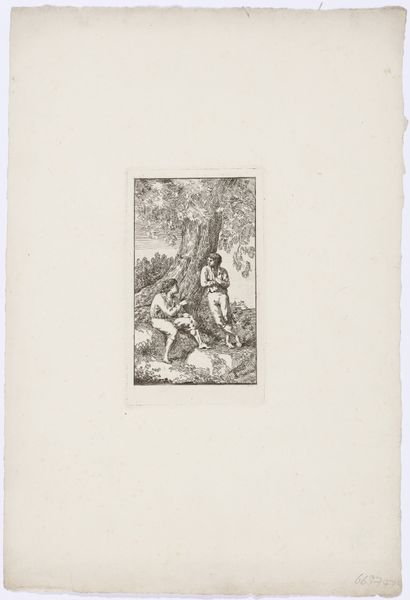
drawing, paper, pencil
#
portrait
#
pencil drawn
#
drawing
#
paper
#
pencil
#
academic-art
#
realism
Dimensions: height 156 mm, width 121 mm
Copyright: Rijks Museum: Open Domain
Curator: Looking at "Bird by a Nest with Four Eggs," a pencil drawing by Edward Quitton from 1883. It's rendered on paper with incredible detail. Editor: There's a fragile intensity in this depiction, it feels vulnerable. It has such intimacy that it makes me wonder how long he watched that bird for, what the process was in observation. Curator: This piece is exemplary of academic art. Its adherence to realism aligns it with the values held by artistic institutions during the late 19th century where naturalism was praised. How do you interpret it within that context? Editor: Seeing it, I immediately fixate on the technical process. Note the varying pencil pressures: Quitton coaxes a surprising richness of texture from simple graphite on paper, I wonder if the accessibility of the medium affected how widespread its appreciation became at the time? The means of production surely played a role in this image's reception and status. Curator: Certainly, access would have impacted its appeal to a wide audience and we can see how artists who embraced accessibility were embraced by public art institutions. Did his careful portrayal of natural subject matter affect his position within these spheres? Editor: Absolutely. Consider also how its content serves a certain sensibility: its minute scale, its delicacy—and of course, its focus on nature. It avoids overt expressions of labor, violence or unrest. Does its avoidance of these aspects further tie it to certain historical aesthetics or sensibilities? Curator: That reading aligns quite well with period inclinations and it’s important to think how these values dictated how artists found support and public reception during that period. Editor: Ultimately the process and resulting aesthetic gives the work a rare and immediate touch that resonates. Its scale draws us in, so that each marking on the page reveals not only something of the object depicted, but something of Quitton himself. Curator: Considering its time and cultural values can enrich our experience of its aesthetic merits—and perhaps prompt new perspectives as well. Editor: Absolutely, it reminds me that a truly simple thing can express a complex idea in subtle ways.
Comments
No comments
Be the first to comment and join the conversation on the ultimate creative platform.
